 |
Right: Rodney G0CBO and Kim G4WUG contact another other
radio amateur with Morse code from GB0CMS at
Caister Lifeboat on International Marconi Day.
|
Members of the Norfolk Amateur Radio Club (NARC) managed to contact 193 other radio amateurs in 31 different countries on Saturday 22nd April 2017 when they took part in the annual International Marconi Day at the Caister Lifeboat Visitor Centre to mark the inventor's birthday.
Using the call GB0CMS and a mixture of Morse code, telephony (speech) and data (PSK), contacts were made with other radio amateurs across the UK, Europe, Australia and the USA.
Notable contacts were with other special Marconi stations in the UK, Italy, and Ireland.
NARC ran the all-day special event station at Caister Lifeboat to commemorate the village's original Marconi Wireless Station, which was established at Caister in 1900. The station was in a house in the High Street known as Pretoria Villa and its original purpose was to communicate with ships in the North Sea and the Cross Sands lightship.
On Saturday, the closest to Guglielmo Marconi's birthday, stations around the world are set up at sites with historical links to the inventor's work. These include Poldhu in England; Cape Cod Massachusetts; Glace Bay, Nova Scotia; Villa Griffone, Bologna, Italy and many others.
Visitors to the station including many other local radio amateurs and members of the public.
Steve G0KYA, who organised the event, said: “Conditions weren’t brilliant due to the effects of a solar coronal hole, but we started off by talking to Ian VK3MO, an amateur near Melbourne, Australia on SSB.
“We then went on to make contacts with other radio enthusiasts all over Europe and as far as North Carolina, USA using speech, PSK and Morse code.
“New this year was CW operation on 30m, which proved very effective with long runs into Europe using a new prototype end fed half wave antenna (EFHW). We also had the club IC-7300 running on 40m, which worked well but highlighted a few things we need to check, such as the overload light flashing when the other station was on 30m and we tried to work on 20m.”
“My thanks to everyone who helped on the day and to to Caister Lifeboat for letting us set up the station.”
The equipment used was 100W from an Icom IC-756 Pro3 (30/20m) and Icom IC-7300 (40m). Antennas were a W5GI dipole on 40m and G0KYA's monoband end-fed half-wave verticals for HF.

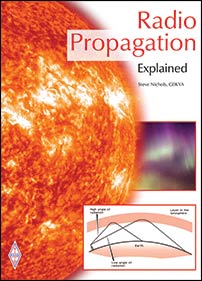

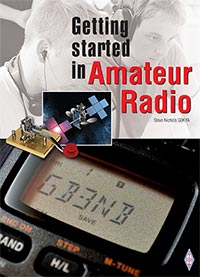
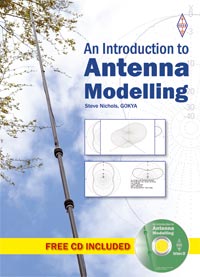
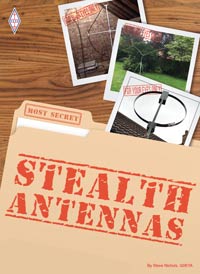
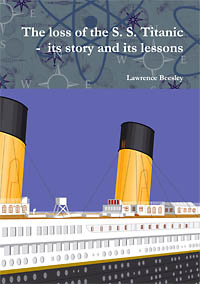






No comments:
Post a Comment